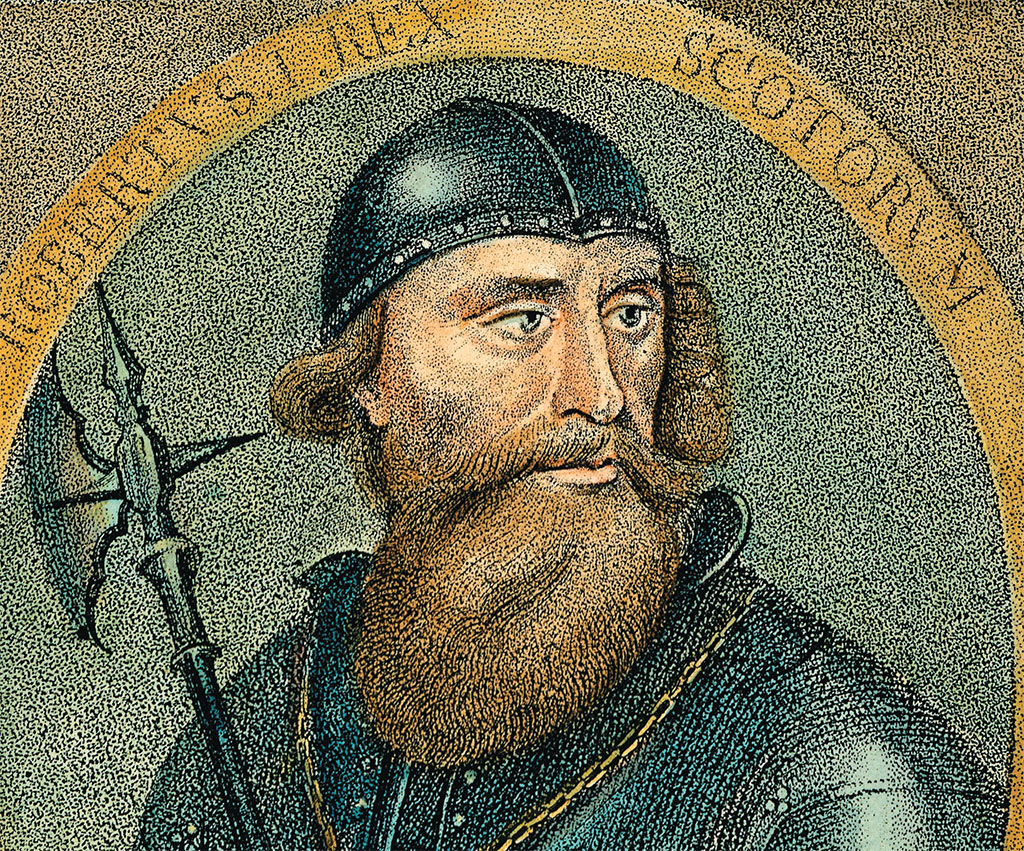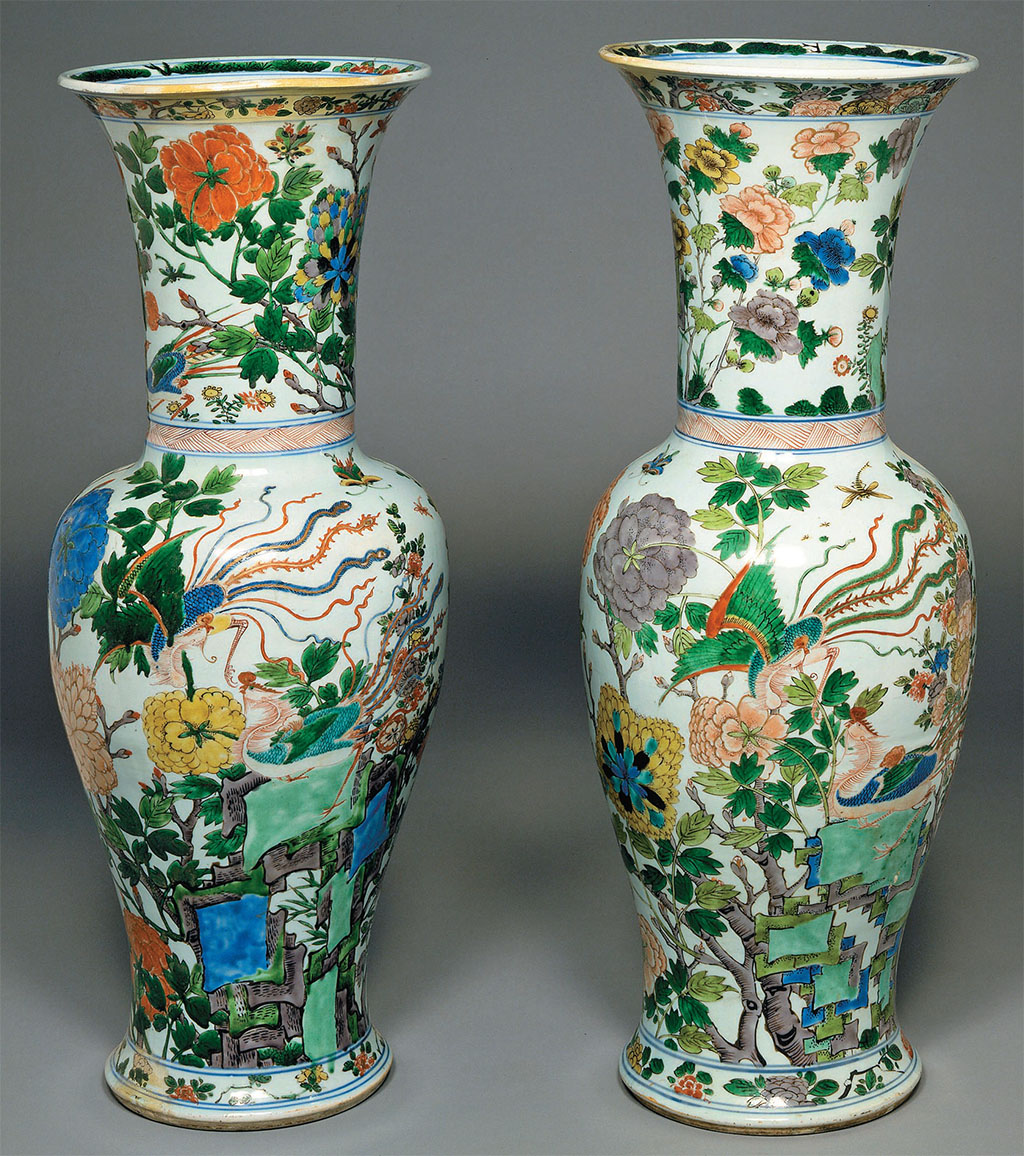
A British Miscellany
[caption id="AroundOurScepteredIsle_img1" align="aligncenter" width="65"]

BY ANY OTHER REGNAL NAME…
Apparently much discussion has been held in Prince Charles’ inner circle over the name he will assume when he becomes king. The speculation is that he may reject the title Charles III in favor of being crowned as King George VII. Some folk in royal circles regard the name Charles as being jinxed. Charles I, of course, was the only British monarch ever judicially executed. His son, Charles II, was mocked as the Merry Monarch for his penchant for partying and mistresses. Then, there was the Young Pretender, Bonnie Prince Charlie, who suffered a somewhat ignominious defeat in the unsuccessful Jacobite rebellion of 1745, but who was known to his followers as Charles III.
[caption id="AroundOurScepteredIsle_img2" align="aligncenter" width="1024"]

THE GRANGER COLLECTION, NEW YORK
Though the Prince of Wales has always been known as Charles, were he to change his regnal title it would hardly be without precedent. Four of the last six monarchs have changed their names. Queen Victoria, for example, was christened Alexandrina. The prince’s own grandfather, George VI, was christened Albert. It is to honor his grandfather that the prince is said to favor George VII as an alternative to Charles. When he ascends the throne, the new king will convene an Accession Council—a full meeting of the Privy Council of ministers and senior bishops. The council issues a Proclamation of Accession, which confirms the name of the heir.
WITH A VOICE OF SINGING
It takes a tone-deaf ear not to be moved and enthralled by the soaring music of Welsh male voice choirs. As ubiquitous in Wales as daffodils and leeks, men’s choirs have been an integral part of Welsh life for generations. For 10 years or more, I’ve been privileged to know lads in the south Wales valleys with whom I could sit in and sing whenever I have been in the neighborhood. It certainly seemed time for BH to tell the story of what may be, unhappily, a fading cultural institution. Regular BH feature writer Siân Ellis lives over in the Marches and took the assignment with alacrity. I asked my good mate Norman Jarrett to introduce her to the lads of the Caerphilly Male Voice Choir. And the rest is music, and a great story.
IT’S A BOARING PREDICAMENT
Down near South Moulton, Devon, more than 100 wild boar escaped from the Woodland Wild Boar Farm when animal activists cut the fence. The Animal Liberation Front claimed responsibility for freeing the animals. While a number of the boars have been killed on the road, shot or recaptured, authorities have yet to decide whether the remaining boars at liberty should be culled or left to run wild. The BBC reports that the North Devon District Council, the police and officials from the Department of Environment, Food and Rural Affairs will meet to discuss who should take charge of the situation. Hmmm. Well, that’s a relief.
A TRIO OF ANNIVERSARIES
Every year brings a plethora of anniversary commemorations to Britain. After all, with 2,000 years of events and personalities, there is always something to remember. This spring, for example, Scotland marked the 700th anniversary of the inauguration of Robert the Bruce. Celebrations were held at Scone Palace near Perth, where the Bruce was enthroned in March 1306. Original home of the Stone of Destiny, Scone is where Scottish kings were crowned until 1651. South of the Kingdom of Fife, the Edinburgh International Festival will mark its 60th anniversary this August. The annual summer celebration of theater, art, ballet and music has long been regarded one of the world’s leading arts festivals. On a quieter note, Winnie-the-Pooh turns 80 this year. The world’s favorite bear was introduced in the book bearing his name in October 1926. 80? Why Pooh Bear doesn’t look any older now than he did…when we were very young.
A MUTTON APPRECIATION SOCIETY?
Two years ago, the Prince of Wales launched the Mutton Renaissance Campaign—a collaboration of the Academy of Culinary Arts and the National Sheep Association—to bring mutton back on British menus. Now, efforts to revive mutton in the food industry have gone uptown. Prince Charles was present at the recent inaugural meeting of the Mutton Renaissance Club. The black-tie dinner at London’s posh Ritz Hotel was designed to showcase the culinary versatility of the long out-of-favor meat. Celebrants dined on tourte of mutton, Welsh mutton mountain stew with prestige vegetables and roast loin fillet of mutton. Earlier in the week, the prince had cited mutton as his favorite food when asked by a group of school children. “When I was your age I lived off mutton,” he said, “and I can’t tell you how wonderful caper sauce is.”
BOOKS THAT CHANGED THE WORLD
In the January 2006 issue, I included the list of 12 Books That Changed the World, chosen by television presenter Melvyn Bragg and subject of a new ITV series this spring. After due consideration, I concluded that if broadcast journalists can pick a list, so can magazine editors. Four volumes from Bragg’s list it is impossible not to include:
The Shakespeare First Folio of 1623
The Wealth of Nations by Adam Smith (1776)
The King James Bible (1611)
On the Origin of Species by Charles Darwin (1859)
To these, I will add the following six titles:
The Pilgrim’s Progress by John Bunyan (1678)
Two Treatises on Government by John Locke (1690)
Robinson Crusoe by Daniel Defoe (1719)
Common Sense by Thomas Paine (1776)
On Liberty by John Stuart Mill (1859)
The Screwtape Letters by C.S. Lewis (1942)
Notes on the Definition of Culture by T.S. Eliot (1948)
This is by no means a definitive list, of course. But they are all British books whose impact has been significantly felt in our culture and beyond. Over the next year, we’ll take a closer look at some of these 10 British books that changed the world. In fact, following our visit to the Folger Shakespeare Library (see March 2006), Folger Director and editor of the Shakespeare Quarterly Gail Kern Paster kindly consented to share with us just why the Shakespeare First Folio tops the list. I placed her notes, appropriately enough, “On the Bookshelf,” P. 62.
DUNVEGAN CASTLE OF MACLEOD
As the ancestral home of the Chiefs of Clan MacLeod for nearly 800 years, Dunvegan Castle is said to be the oldest inhabited castle in Northern Scotland. Today, it is the home of John MacLeod of MacLeod, 29th chieftain of the clan. Located on the northwest corner of the Isle of Skye, Dunvegan Castle is the most visited tourist attraction in the Western Highlands. The castle’s own Web site dramatically describes why: “Rising sheer from the almost perpendicular edges of the rock, its massive grey towers and hoary battlements stand forth against an unrivalled background of sky and mountain and islet-spangled sea.”
Alas, the old Scottish castle has fallen into disrepair and its maintenance has become well beyond the purse of MacLeod of MacLeod. An application has been made to the National Lottery for a grant of £23 million to refurbish the old castle and spruce it up with a new visitors center. Under the arrangement, though MacLeod may still call the castle home, it will pass out of the hands of the clan.
Once again, the castle’s Web site lets us know how the MacLeod Clan feels about its plight: “Although three individual Chiefs in the last seven generations have been comprehensively ruined by the apocalyptic difficulties caused by the unrelenting hostility from centralised government towards the Clan system practised behind the Highland line, the Chief and his Clansfolk have remained faithful to Dunvegan Castle and the rock on which it stands.”
[caption id="AroundOurScepteredIsle_img3" align="aligncenter" width="1024"]

www.britainonview.com
PARDON MY POISON
With the fox-hunting flap an ongoing donnybrook, Britain is at arms with itself again—this time over the recent Parliamentary decision to ban smoking in pubs. Healthcare costs, social costs and aesthetics have all ganged up to result in the Government’s decision to side with the rights of nonsmokers over the rights of smokers. In actuality, the real rights lost in the contentious muddle, though, are the historic rights of British publicans to govern their own houses. That the publicans can set the tone, atmosphere and environment of their establishments has been the hallmark of the pub for centuries; it’s too bad to see that lost.
[caption id="AroundOurScepteredIsle_img4" align="aligncenter" width="1024"]

© The Fitzwilliam Museum, Cambridge
And, of course, the debate over smoking puffs past its logical extension. After all, the social and healthcare costs associated with the alcohol served in the pub are far greater than those of the tobacco smoked therein. As my old mate George Comtois e-mails: “What about that double Scotch neat and your liver, never mind the smoke getting in your eyes? Just so long as they don’t mess around with the Buffalo wings. That’s when I grab my hay knife and head for the palace.” So, let us all arm ourselves for the upcoming Parliamentary debate over the banning of chips, clotted cream and the bacon butty.
MUSEUM VISITOR TRIPS AND SHATTERS CHINESE VASES
The story goes this spring that a visitor to the acclaimed Fitzwilliam Museum in Cambridge tripped on his shoelace, stumbled down a stairway and fell into a display of centuries-old Chinese vases. Dating from the late 17th century, the three Qing dynasty vases had been donated to the Fitzwilliam Museum in 1948 and were among its best-known artifacts. They sat on the window sill beside the staircase for 40 years.
“It was a most unfortunate and regrettable accident, but we are glad that the visitor involved was able to leave the museum unharmed,” museum director Duncan Robinson said, without a trace of drollery. I’m sure the curatorial staff would have liked to get their hands on the person responsible. The museum declined to identify the stumbling visitor, but officials did describe the vases as shattered into “very, very small pieces.” The museum seems determined to put the pieces back together again but would not say what the vases were worth. No, I couldn’t make this stuff up.
[caption id="AroundOurScepteredIsle_img5" align="aligncenter" width="688"]

Time Life Pictures/Getty Images
UPDATING THE ICONS OF ENGLAND
The ongoing “Icons: A Portrait of England” project we introduced in the last issue continues. It aims to create a profile of what people cherish most about England, identifying the best-loved symbols representing the cultural treasures and national character of England. The public is invited to vote on their favorite iconic English symbols and nominate new ones for consideration.
Last time, we presented the first 12 symbols chosen for the project. At this writing, there have been nearly 600 symbols and images nominated for consideration. Among the more recent additions to the list:
Jellied eels
Teletubbies
Choral evensong
Orange marmalade
Warwick Castle
Pimms #1
The Queen’s Christmas Message
Malt vinegar
Butlins
You can peruse all the nominations and add your own at the Web site: www.icons.org.uk.





Comments